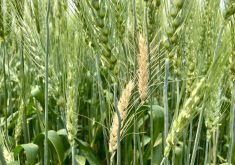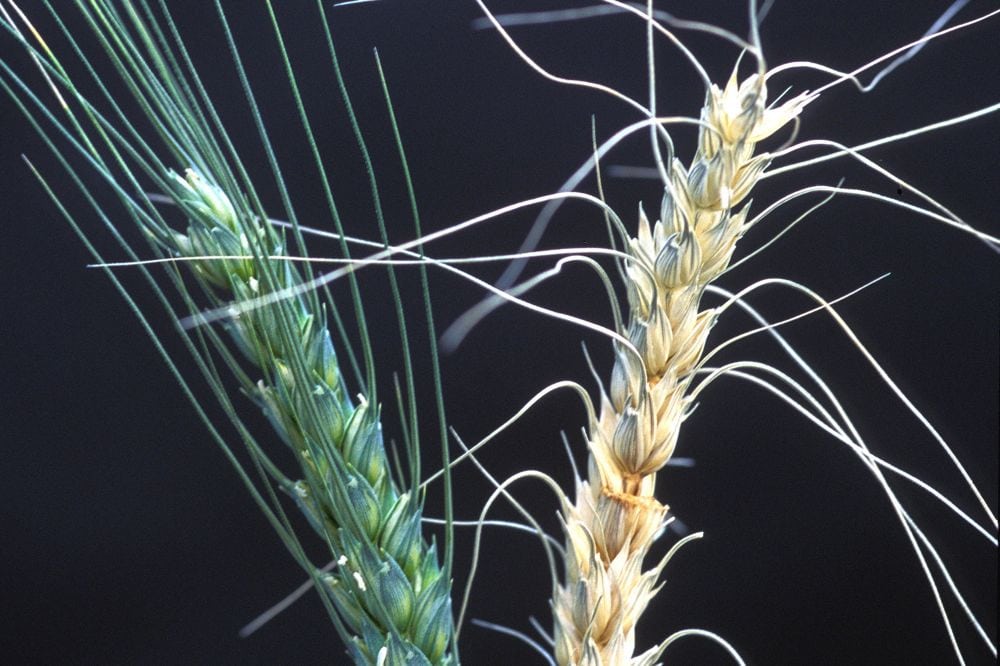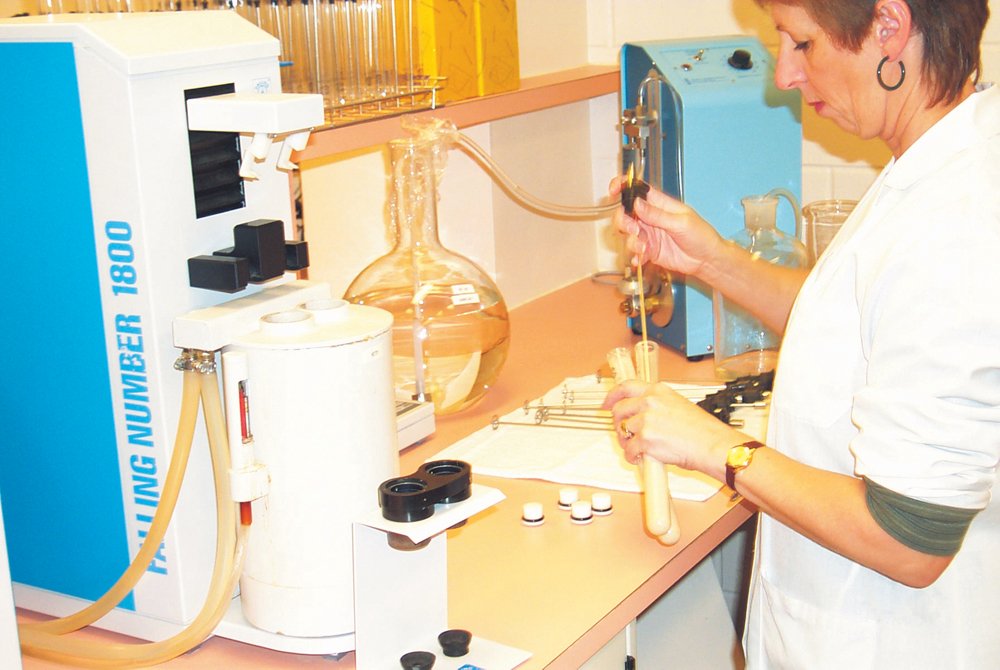Saskatchewan farmers trying to decide if they need to spray for fusarium this summer will have new information on hand.
The Saskatchewan Wheat Development Commission (SaskWheat) and Saskatchewan Agriculture have merged information about past outbreaks of fusarium with current weather and temperature conditions to create a day-by-day fusarium risk map.
Faye Dokken-Bouchard, Saskatchewan Agriculture’s provincial plant disease specialist in Regina, explained the new map tool at SaskWheat’s semi-annual meeting, held during Canada’s Farm Progress Show in Regina last week.
Read Also

Seeds Canada announces Dan Wright as new CEO
Seeds Canada has announced Dan Wright as its new chief executive officer.
On the SaskWheat website, farmers can select the date when 75 per cent of the heads on the main stems of their crop will be fully emerged, then see whether the risk for fusarium in their area on that date will be low, medium or high.
“The maps will be updated every day, and you’ll always want to choose the heading date that’s appropriate for you,” Dokken-Bouchard said.
Tools like this are especially helpful for monocyclic diseases like fusarium — that is, diseases with only one infection cycle per season.
“You need to control it at the start of the infection cycle, or before that infection cycle has even begun,” Dokken-Bouchard said. “By the time you see symptoms, it will be too late to control. So rather than scouting for symptoms, you need to watch for signs that there’s a risk for the disease.”
The maps were developed using Weather INnovations’ 421 weather stations across the province. “Because we know weather is so important,” she said.
Dokken-Bouchard reminded farmers there’s more to fusarium spraying decisions than just the indications on this map. First, farmers should determine if it’s an issue in their local region, and whether or not it’s established in their fields. It’s prevalent in the province, she said, “but you still want to think about it on a field-by-field basis.”
Farmers also need to know when their crops are likely to start flowering. “The flowering stage is really critical, because that’s when it will be most susceptible to fusarium head blight.”
It’s also important to look at the economics. Farmers need to calculate how much yield they can save, and the potential selling price of the harvested crop. “It’s a little bit of a number crunching game,” said Dokken-Bouchard.
Finally, Dokken-Bouchard recommended tempering expectations. “The fungicides registered for fusarium headblight control are by no means perfect.”
While the products can protect crops, they can’t cure disease, she said. “Remember, they’re registered for suppression, not control.”
— Leeann Minogue is editor of Grainews at Griffin, Sask. Follow her at @GrainMuse on Twitter.

















